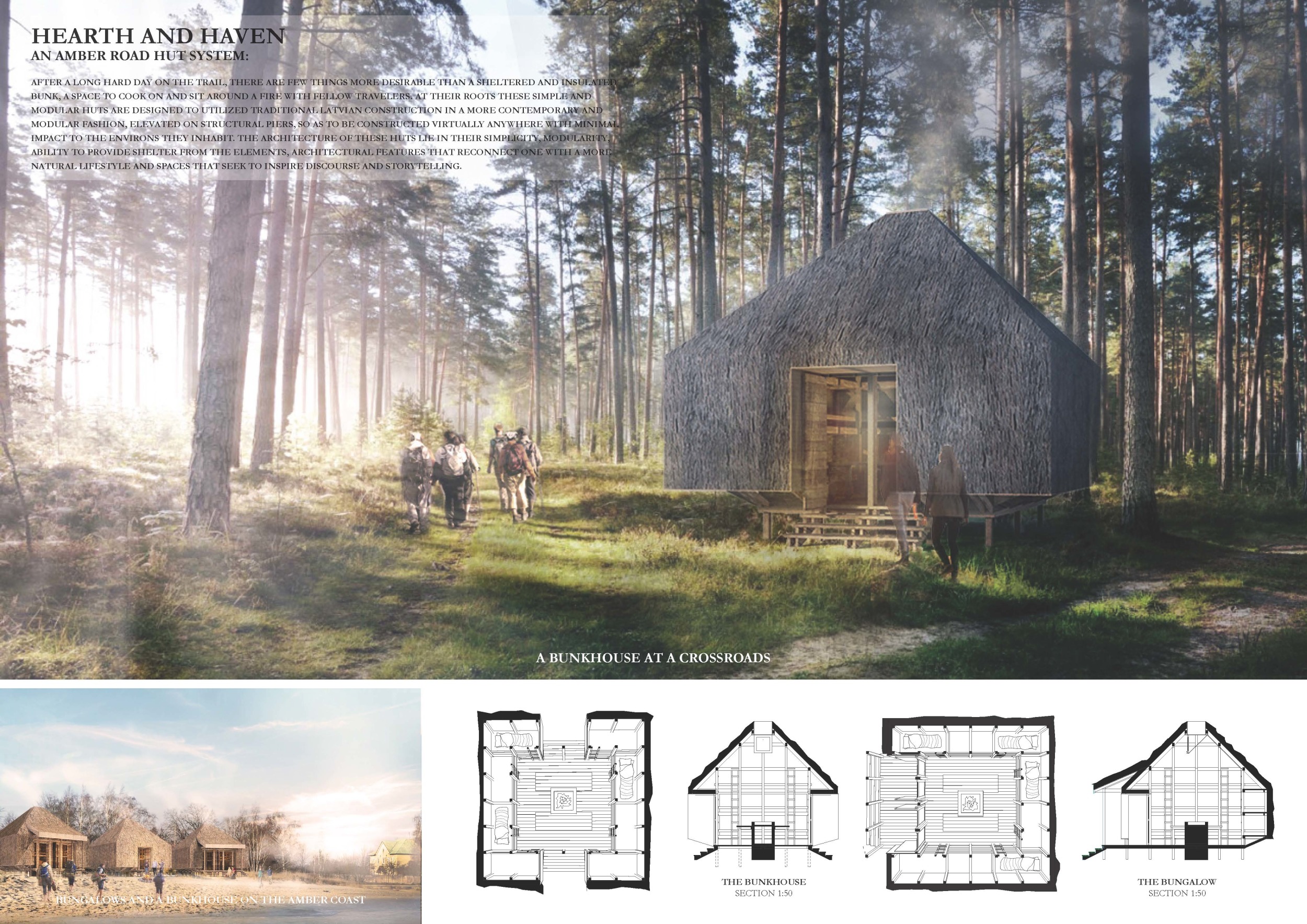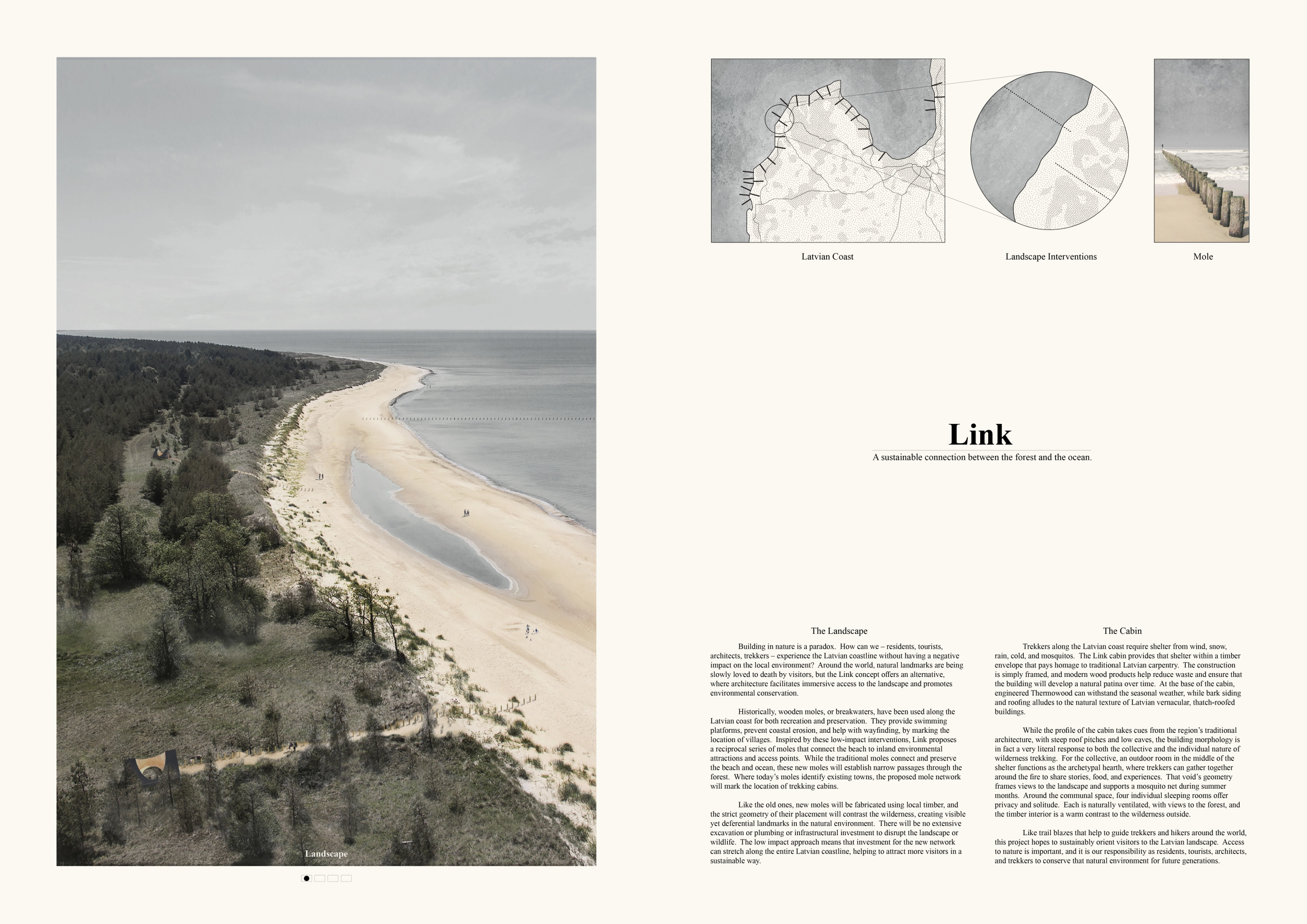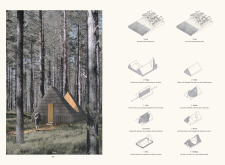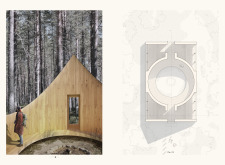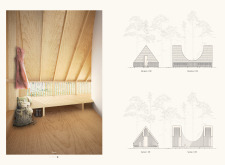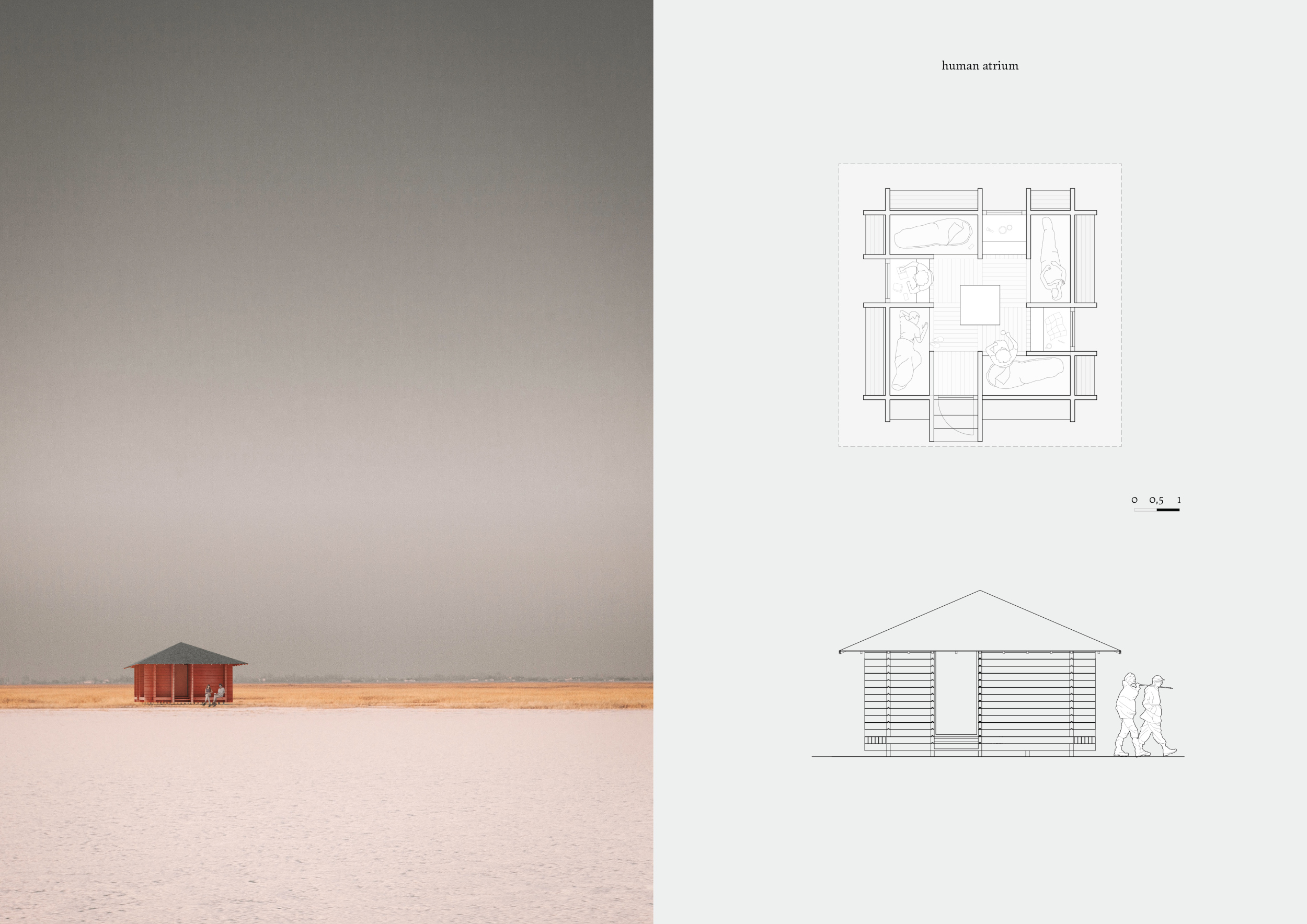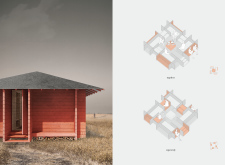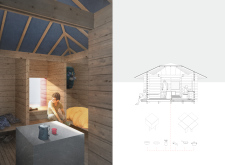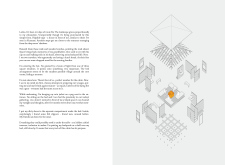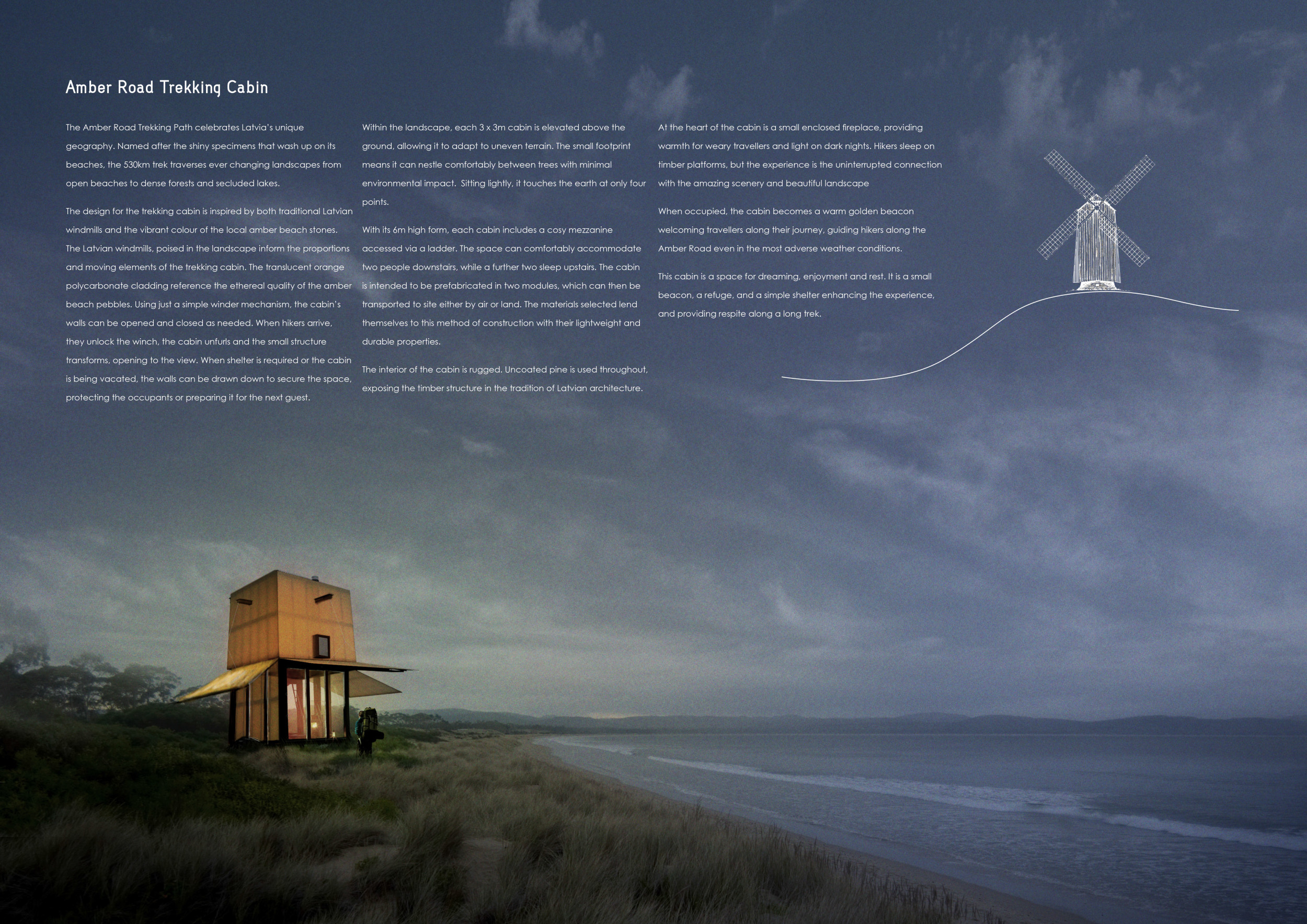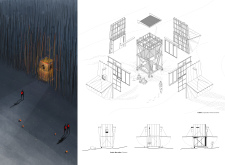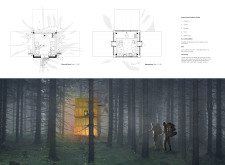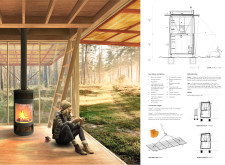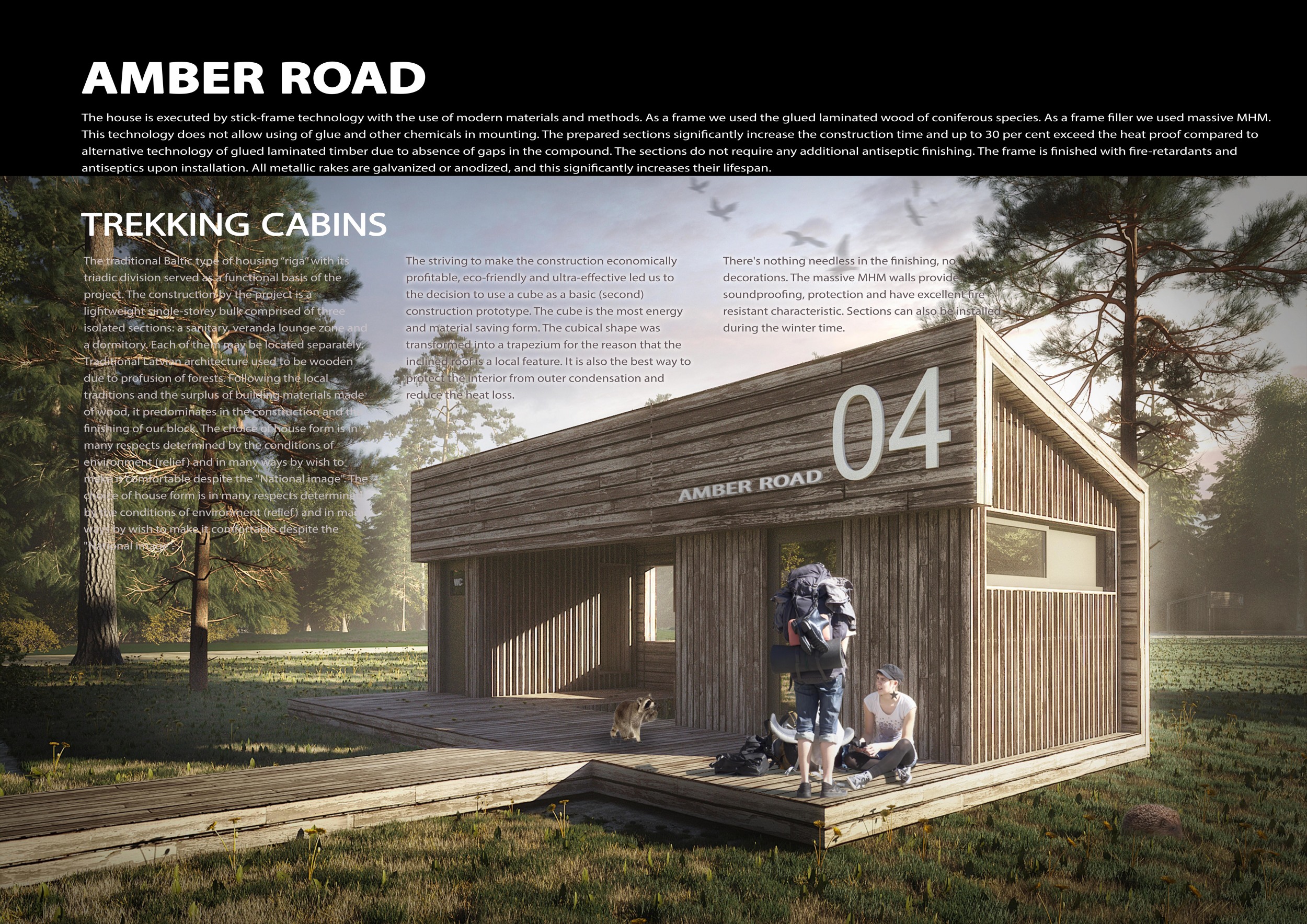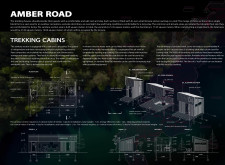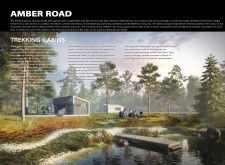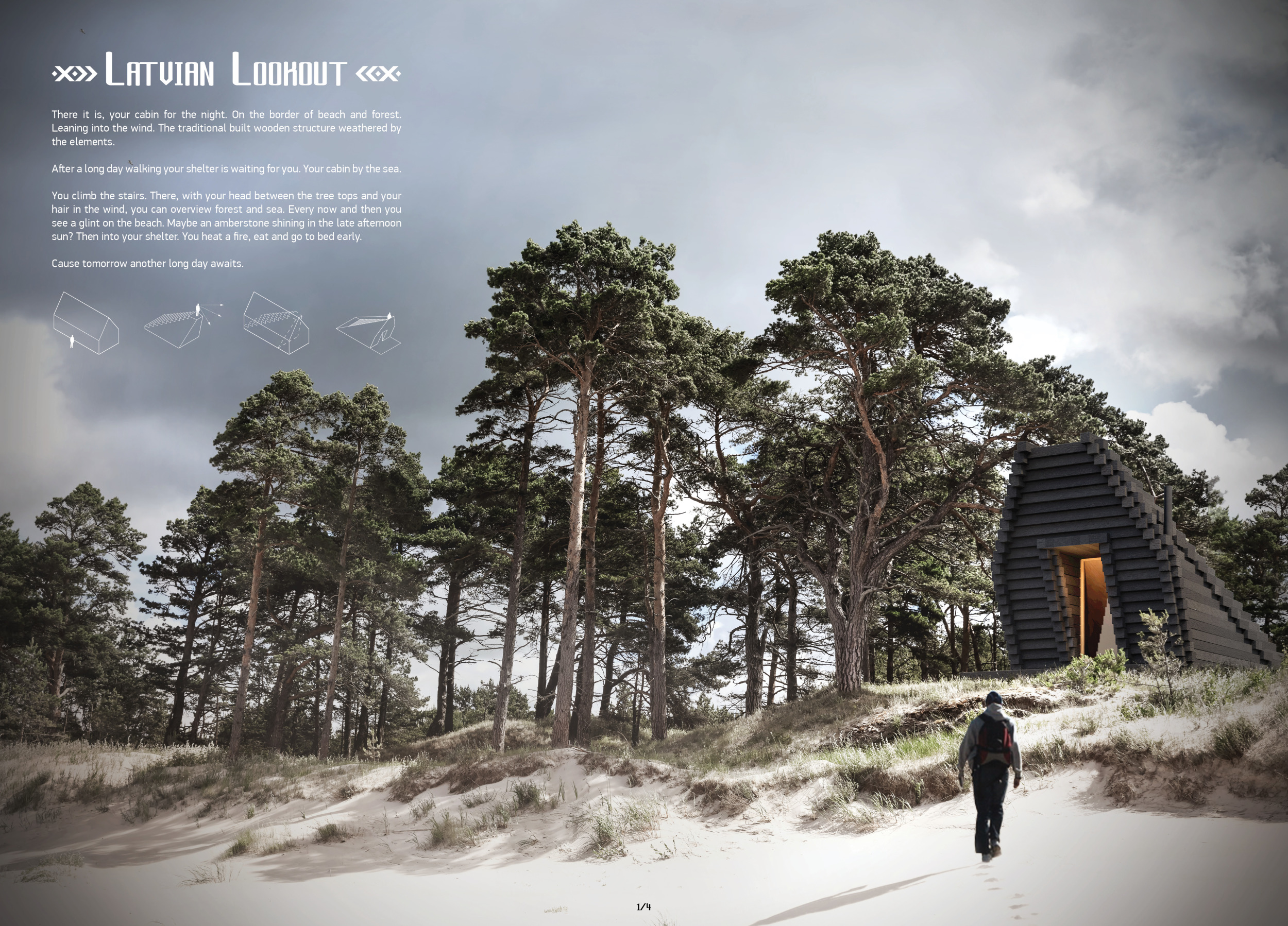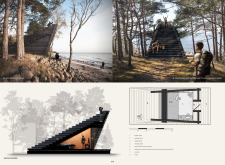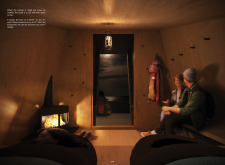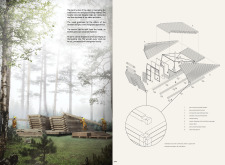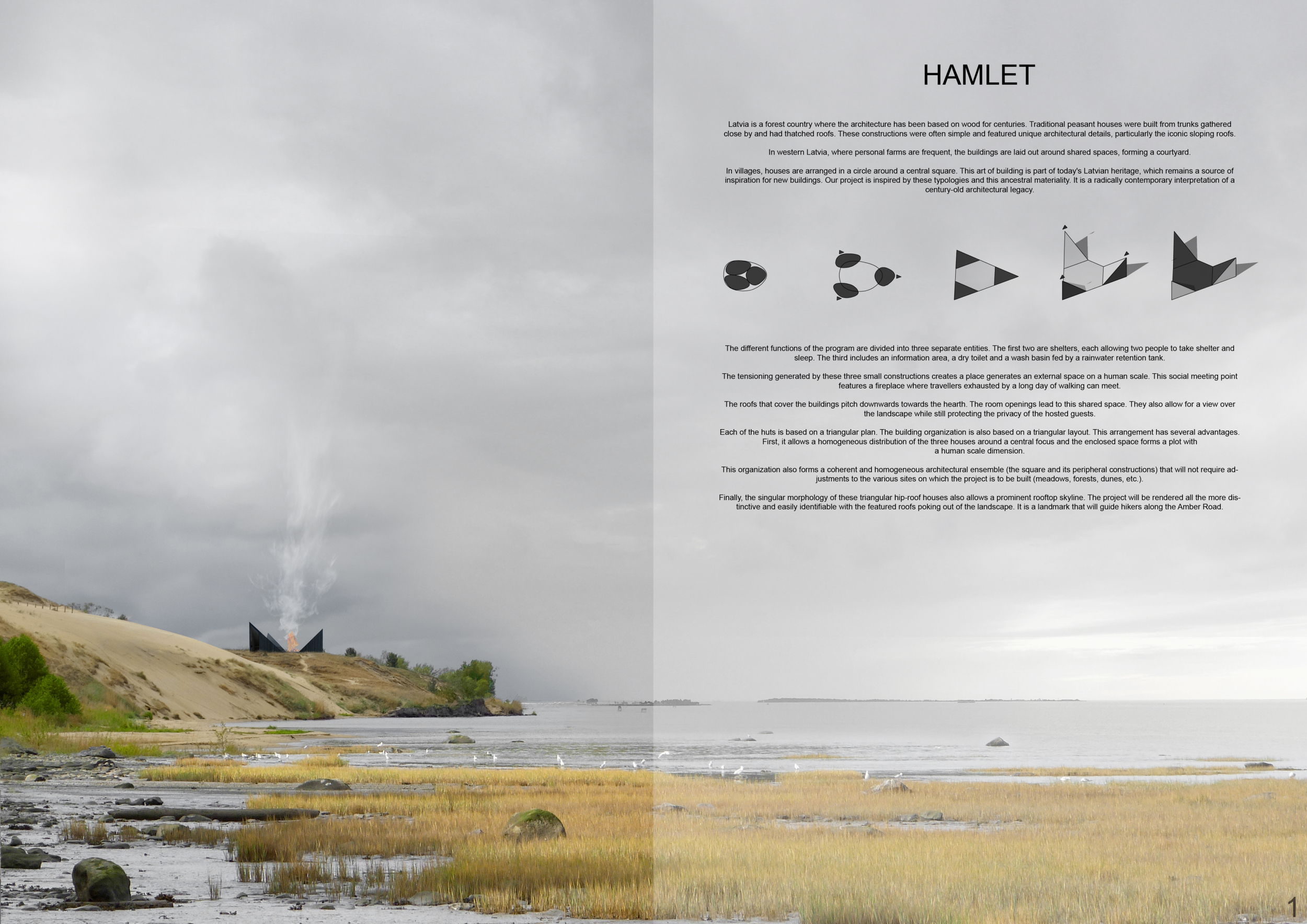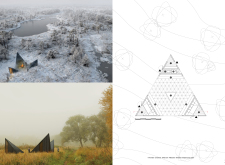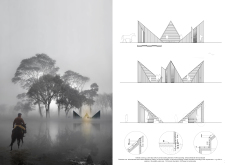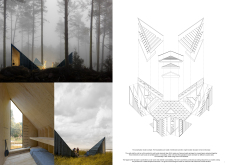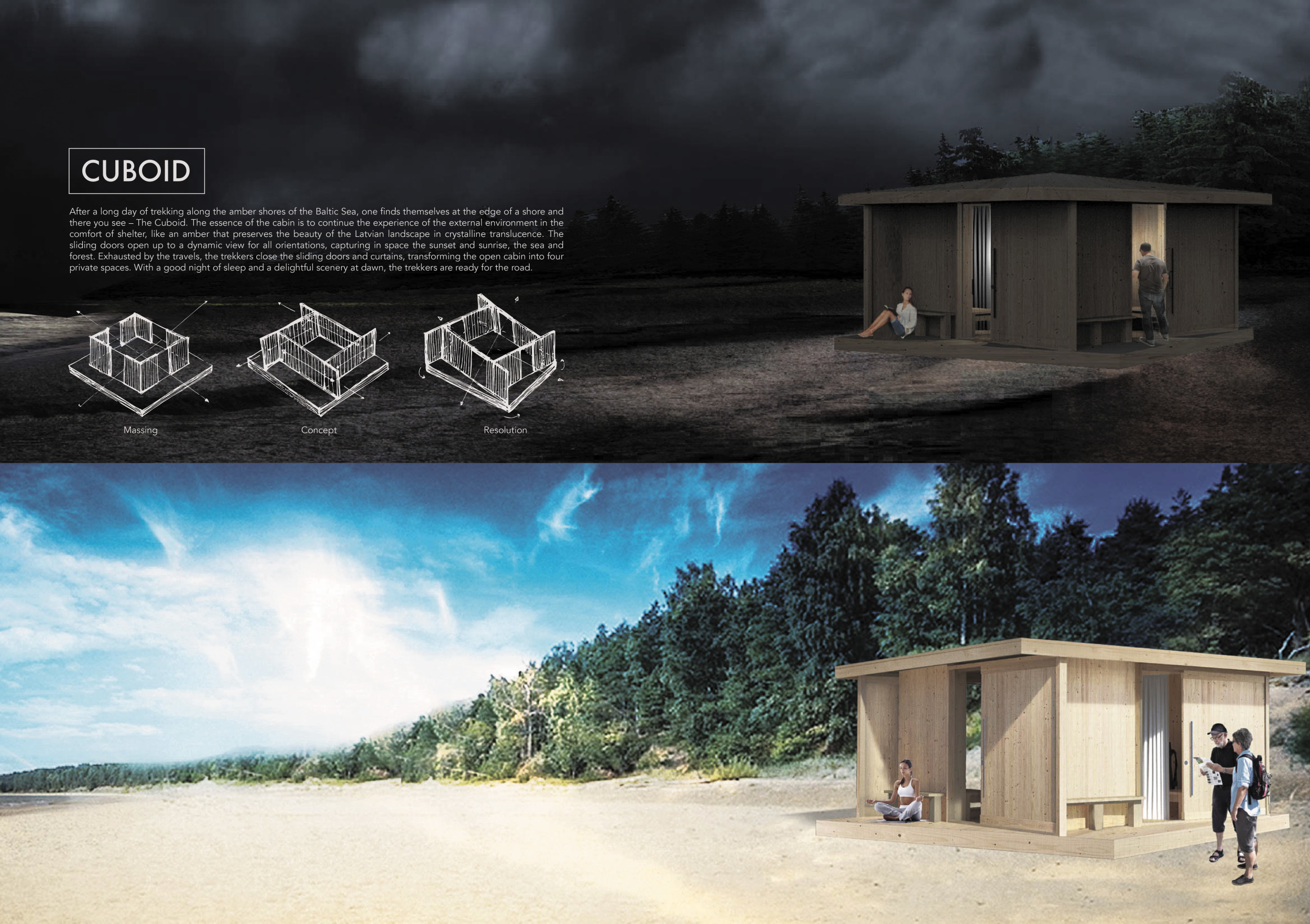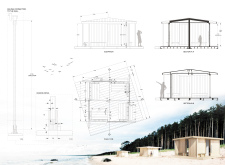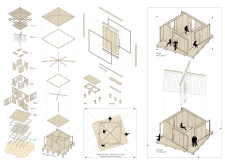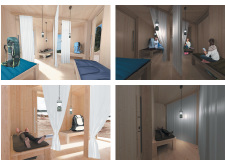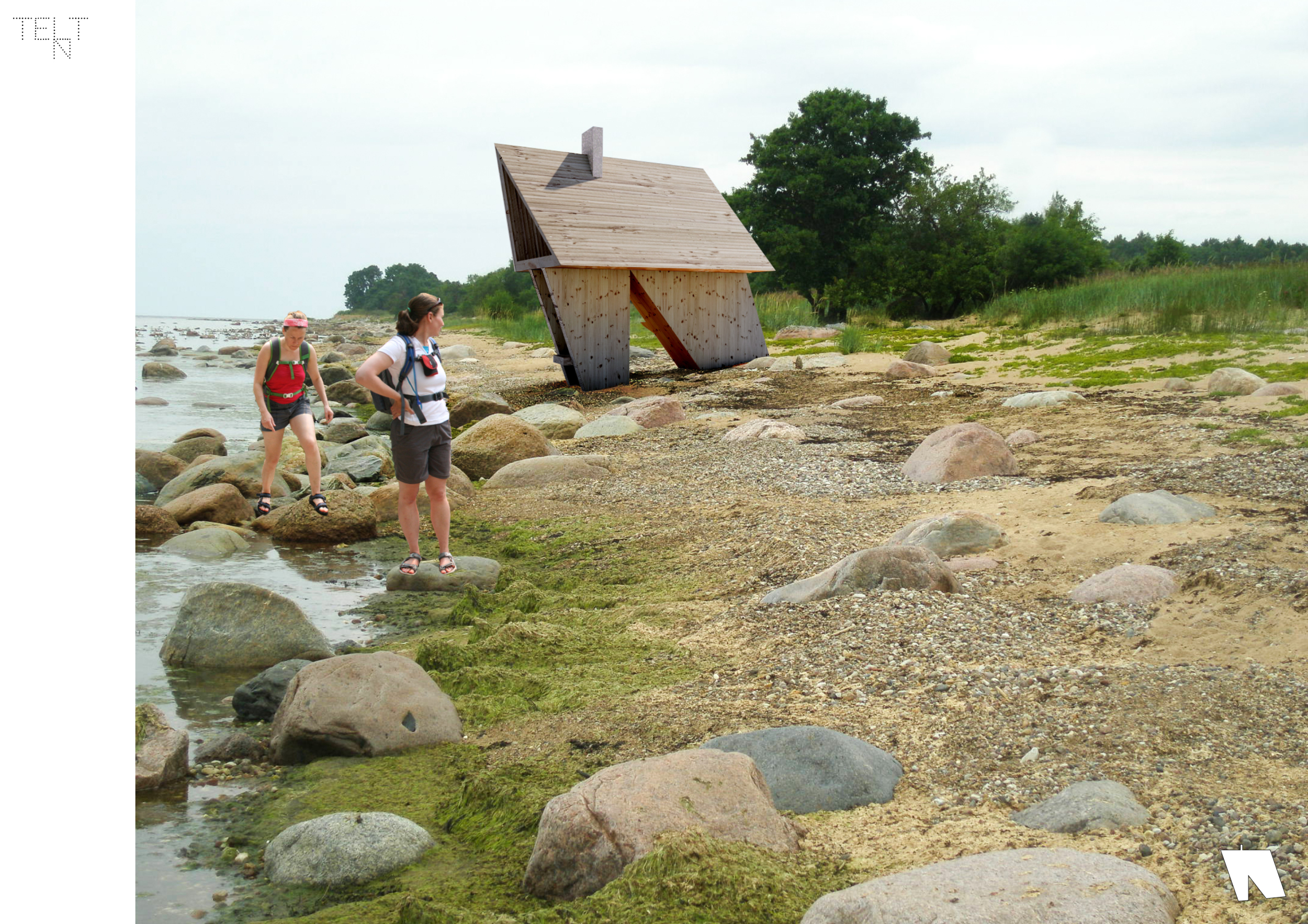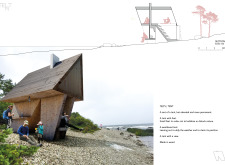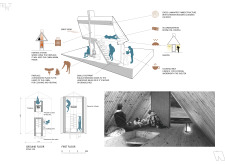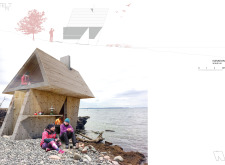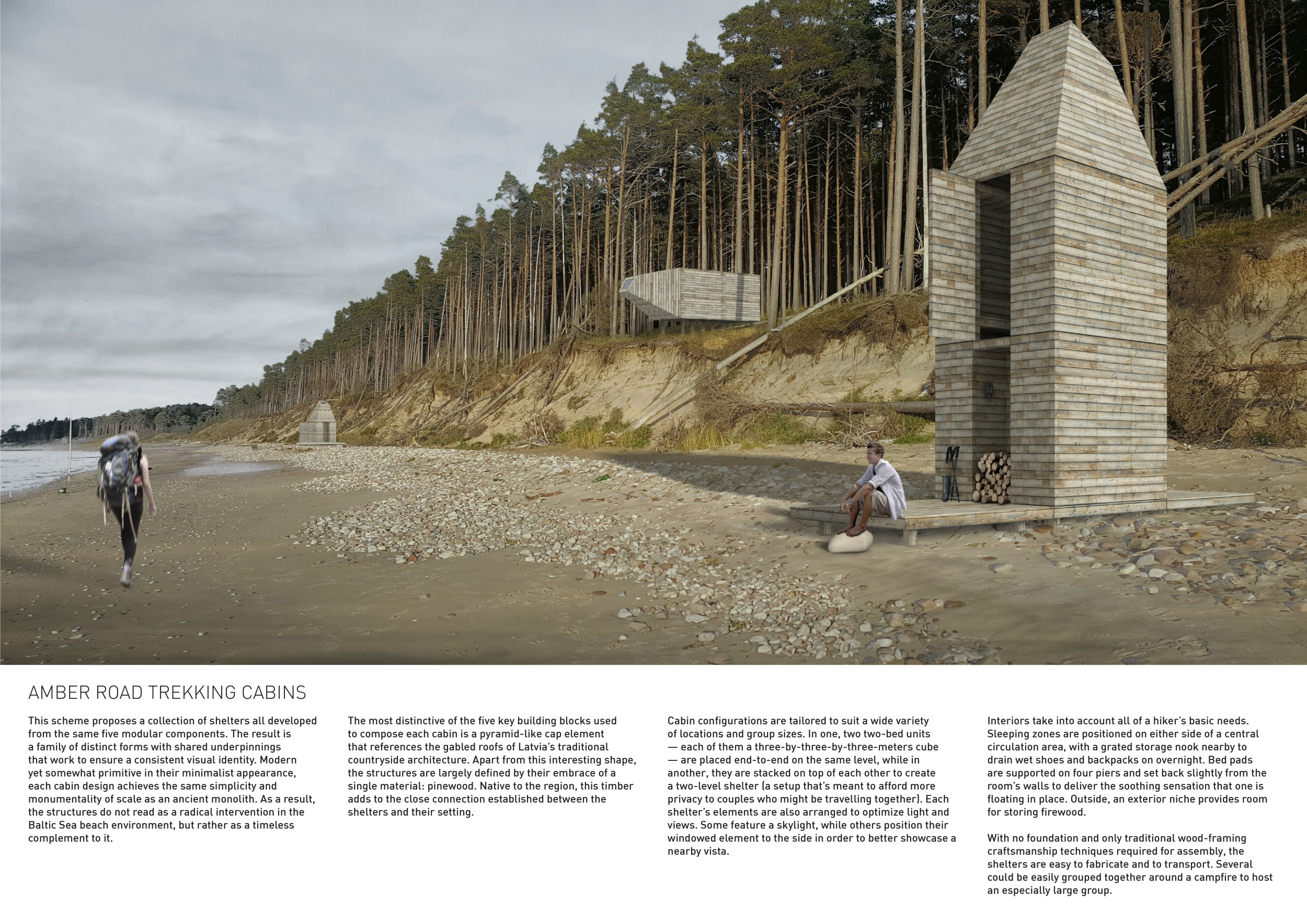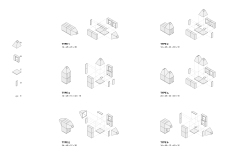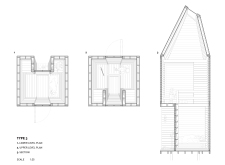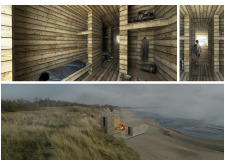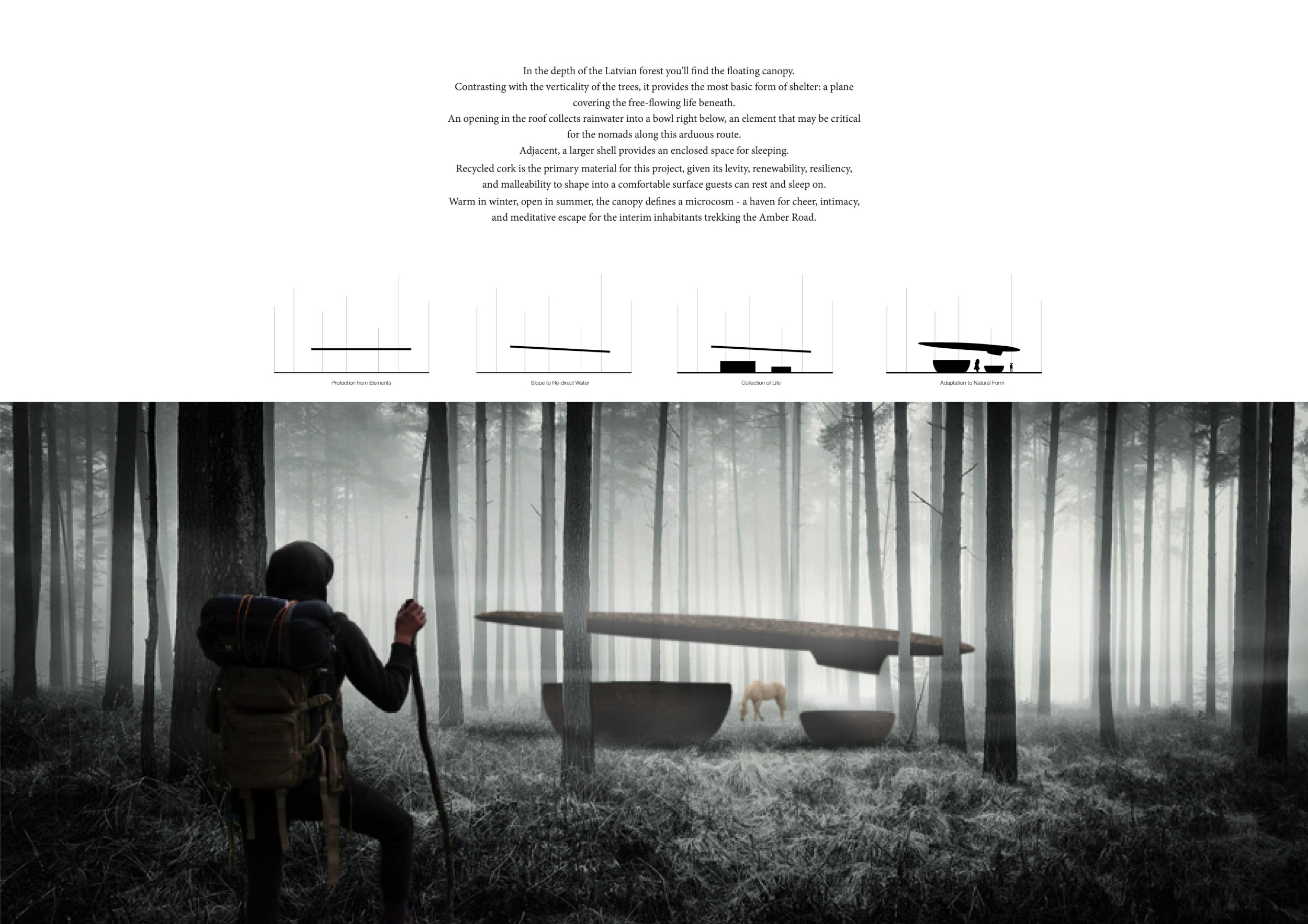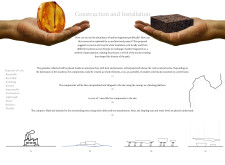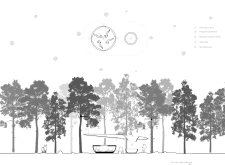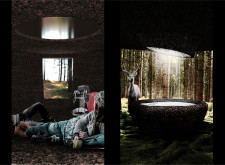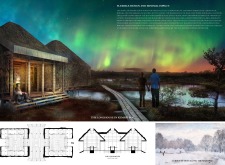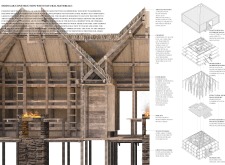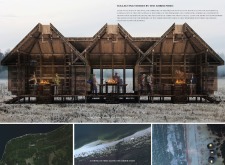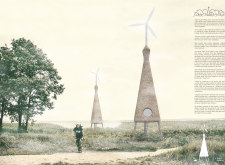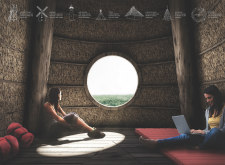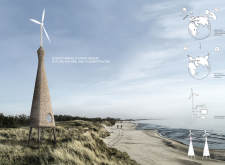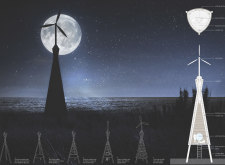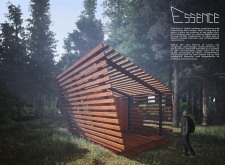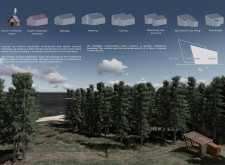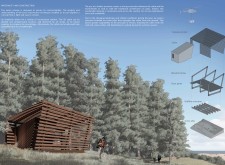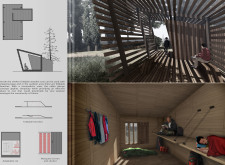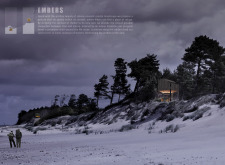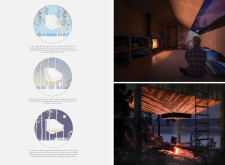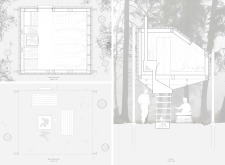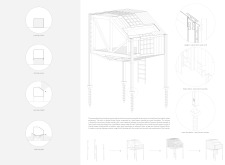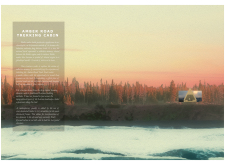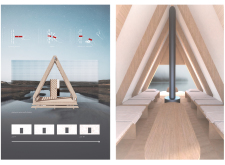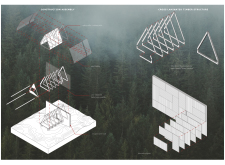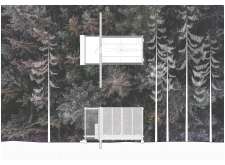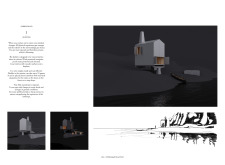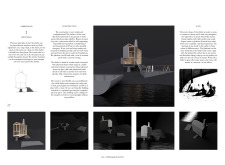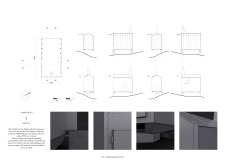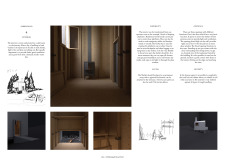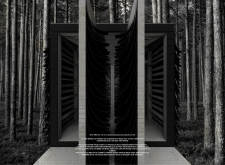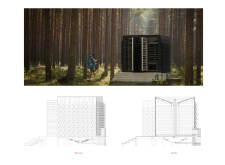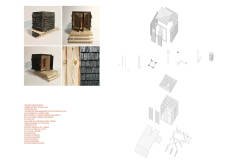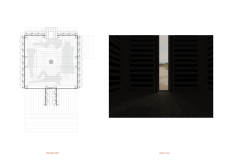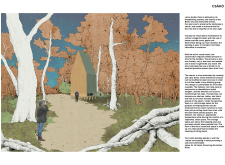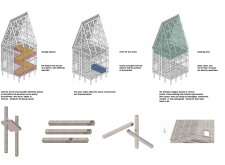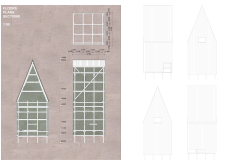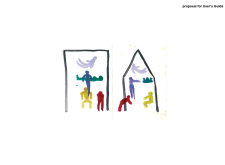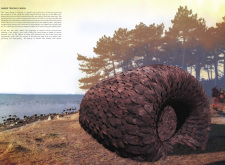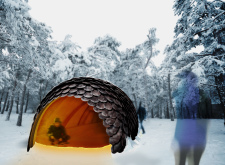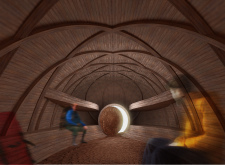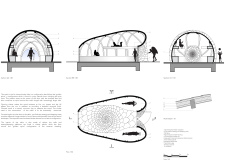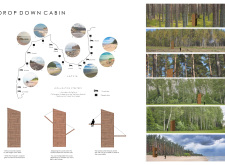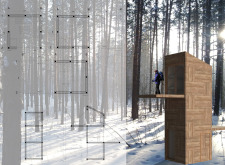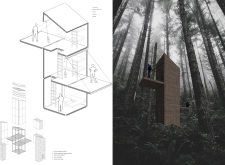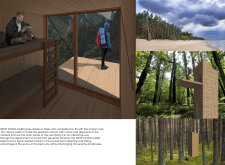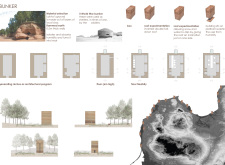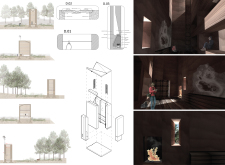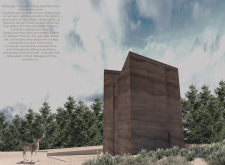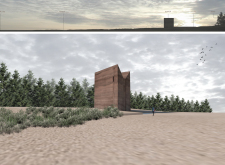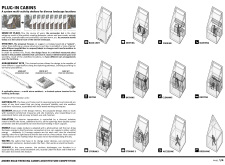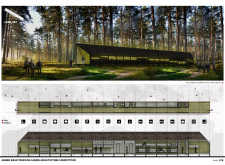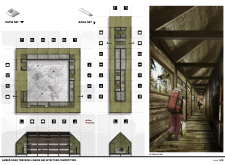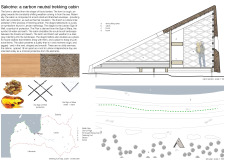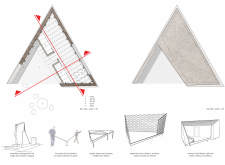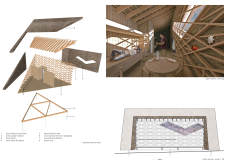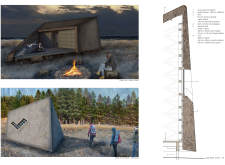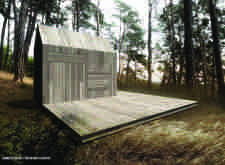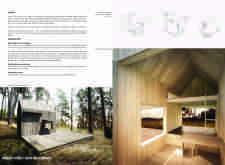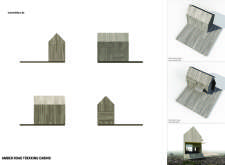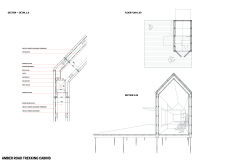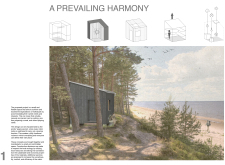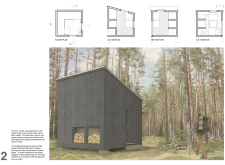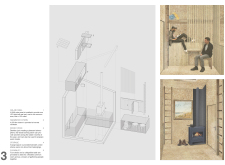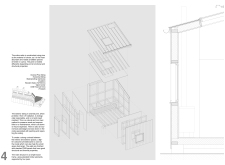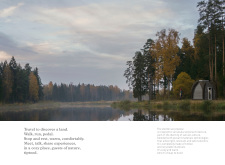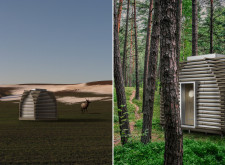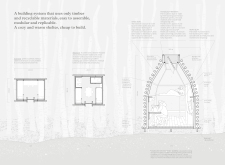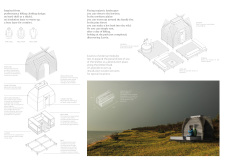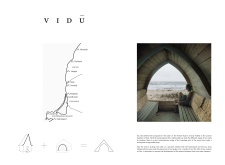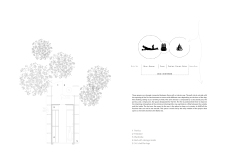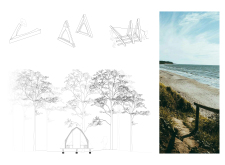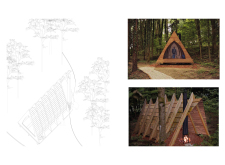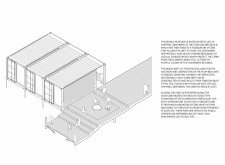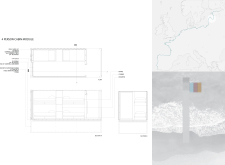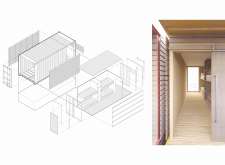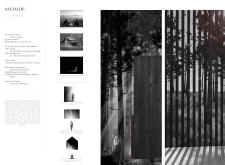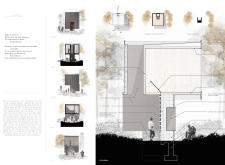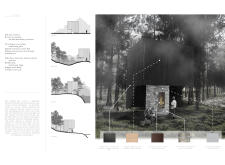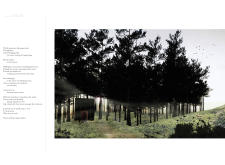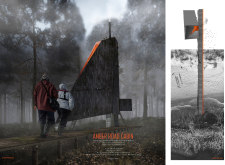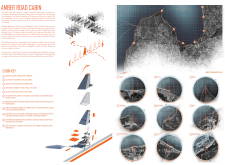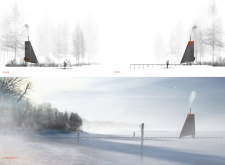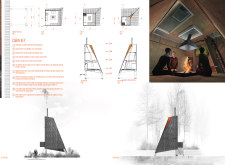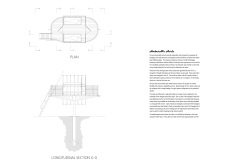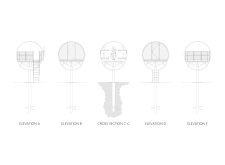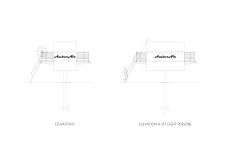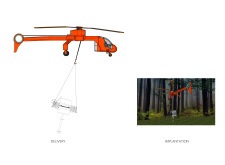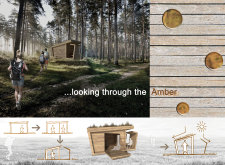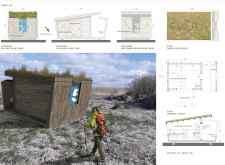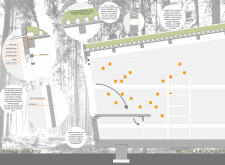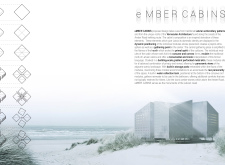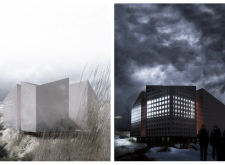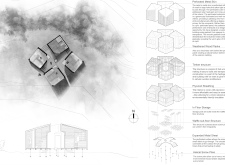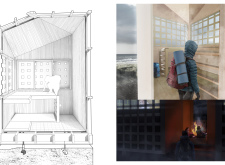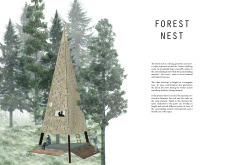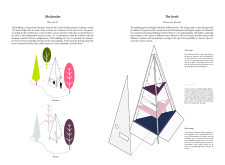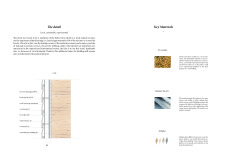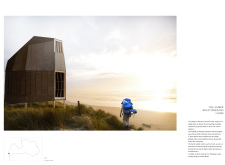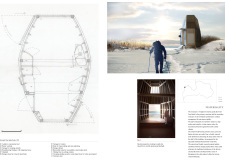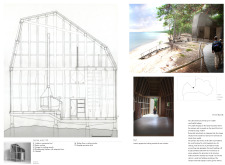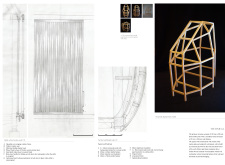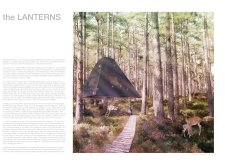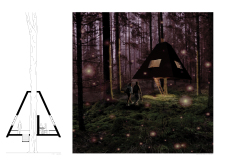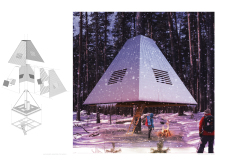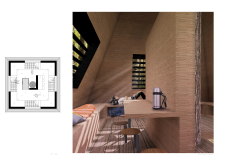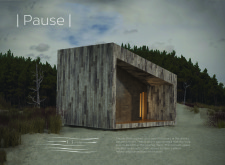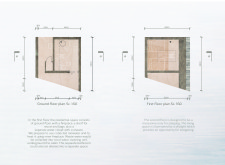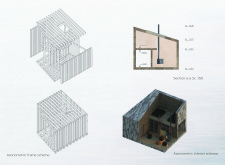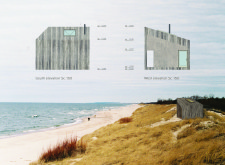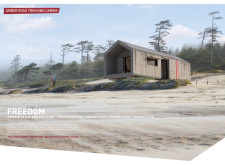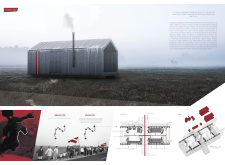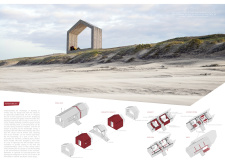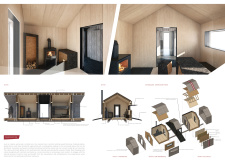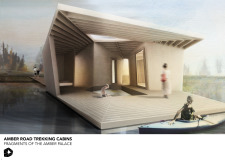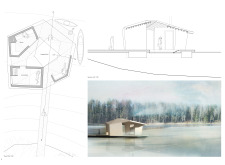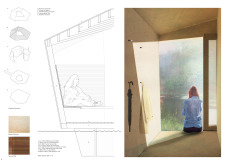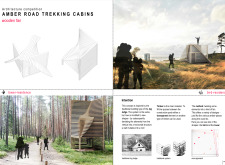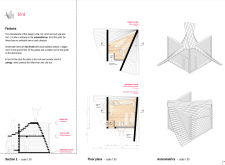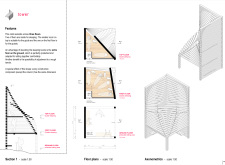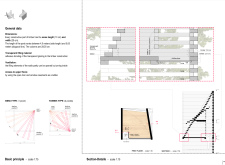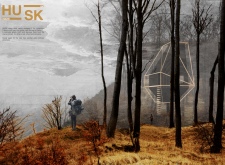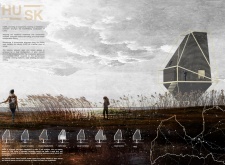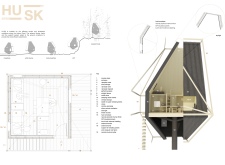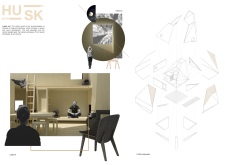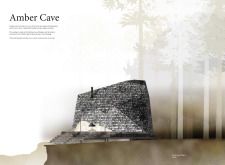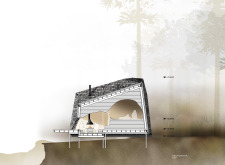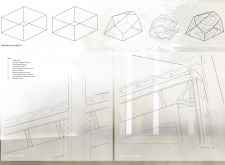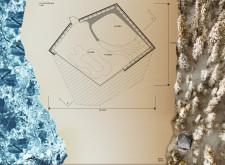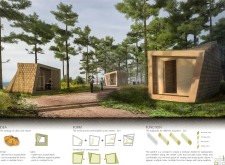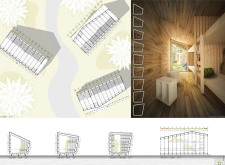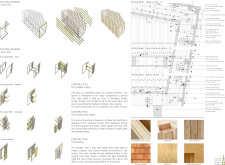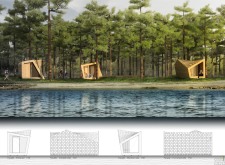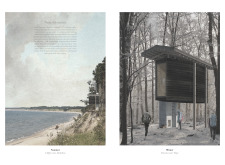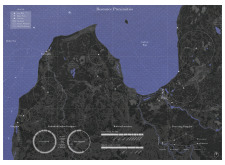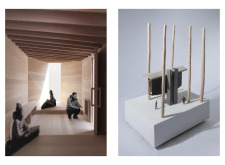Introduction
The Amber Road Trekking Cabin competition calls into question the periodic, historic challenge of the situated object: contextualizing an architectural artifact in the pastoral landscape. Along vast topographies of the Latvian Baltic coast, the project seeks a low impact, transient and inhabitable infrastructure in support of an anticipated hiking network transecting the various landscapes definitive of the region: pine forests, dunes, and white sand beaches. Successful projects respond to programmatic requirements of the brief with consideration of economic viability, securable enclosure, utilitarian function, constructibility, and climatic sensitivity. Evoking disciplinary antecedents, including lineages of the primitive — architectural speculations of Perrault and Laugier; the ideality of Eden, the pictorial and the picturesque — proposals consider modalities of contingency and circumstance demonstrated through exploration of typology, cultural gestalt, and monumentality. Successful projects evidence an awareness and invention of materiality, siting, programming, and negotiation of public and private relationship. The competition collectively provokes reflection of ecological conservation and its prescience in contemporary cultural and social practice, serving as an economic alternative to the commercialized, industrialized landscape definitive of global capital interests.
1st Prize Winner
Link - A sustainable connection between the forest and the ocean.
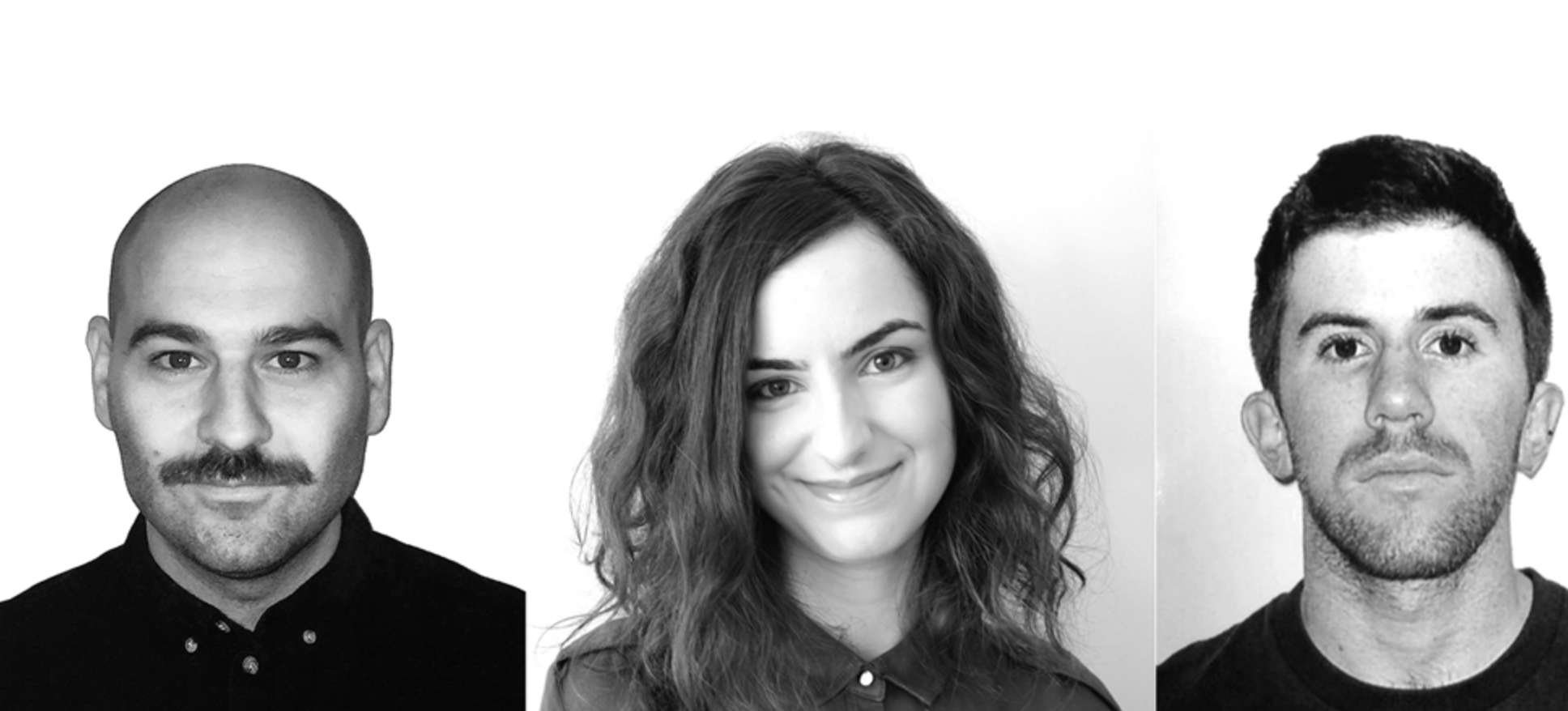
For nearly two decades, White has invested in establishing a unique, research-based organisation of highly qualified experts in the field of sustainable architecture and design. Our founder’s aim was to improve society through architecture, and his legacy lives on in our ambition to contribute towards the building of a sustainable world.
Read full interviewJury feedback summary
The first place project LINK for the Amber Road Trekking Cabins was chosen for its strength as both an architectural and landscape proposal. The project introduces a series of wooden moles, structural piers used as breakwaters, to connect the coast to the interior terrains of the Latvian landscape.
Read more
By creating a network of narrow passages leading to the trekking cabins within the forest, LINK pursues an alternative mode of conservatism - creating low impact architectural interventions within the native ecologies of the site to preserve the natural landscape. Through the use of pre-defined paths within the wilderness, there is no disruption of the wildlife or environment of the site.
The cabin itself is successful in its contemporary re-appropriation of Latvian vernacular architecture. While the exterior figure of the cabin mimics the archetypical form of the primitive hut, the interior spaces of the cabin subvert this initial reading. Each cabin is derived from a morphology that enacts both collective and individual modes of inhabitation. The center of the cabin is in fact a voided exterior space, a booleaned cylindrical hearth that carves out the interior of the proposal. This circular outdoor space is surrounded and sheltered by four interior rooms, one at each corner, allowing for private space for each hiker. It is this adaptation of the iconic form of the vernacular archetype into a new spatial typology of collective habitation that creates a productive tension between the shared space of the hearth and the private space of the cabin.
Enter an open architecture competition now
2nd Prize Winner +
BB STUDENT AWARD
BB STUDENT AWARD
Human Atrium
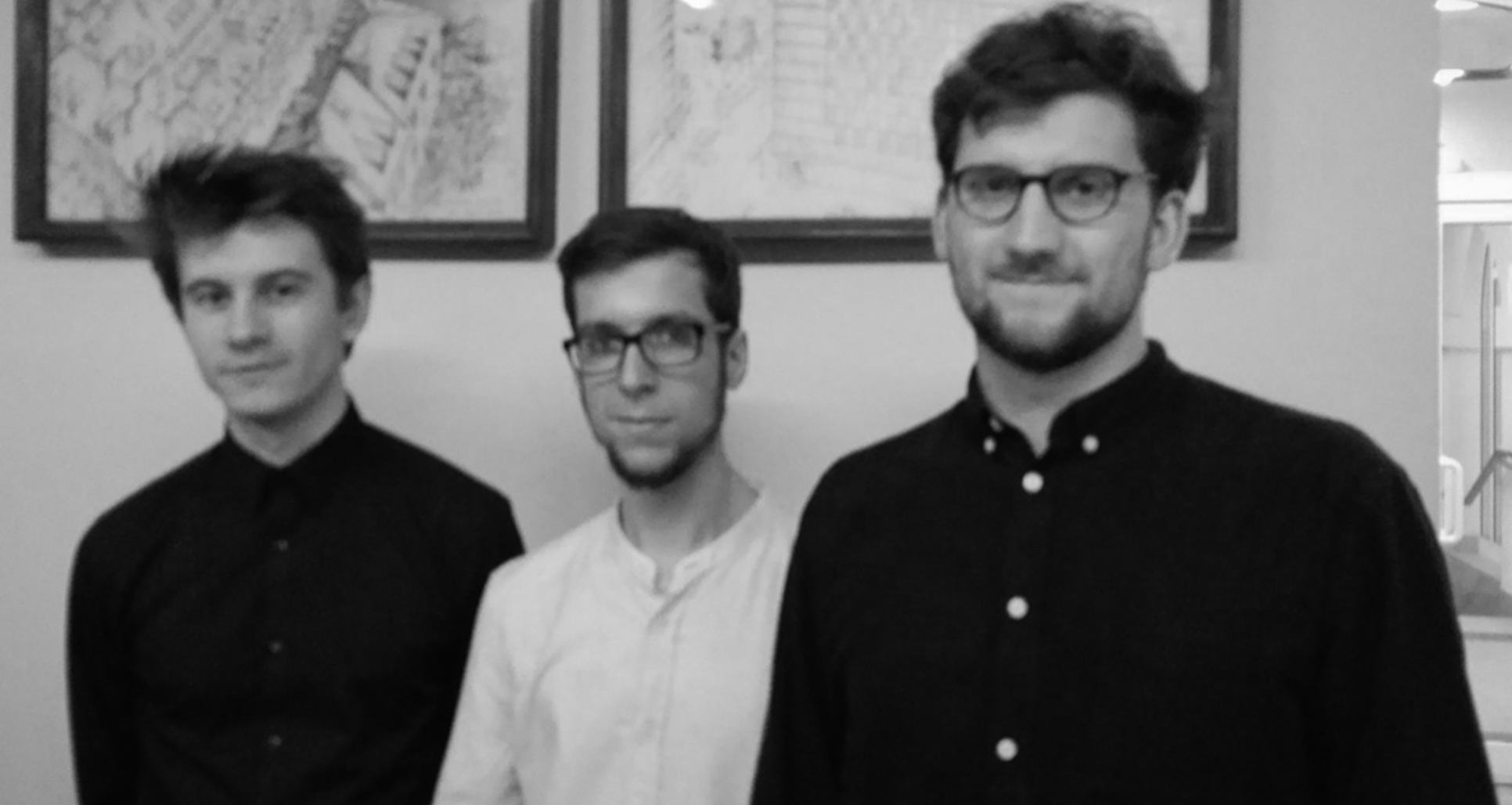
Vision competitions bring us to simple, yet strong ideas. This particular one provoked us to answer questions such as: what is a shelter nowadays? What is the minimal area for living? What does it mean to share a space with others?
Read full interview Poland
Poland
Jury feedback summary
The success of the second place proposal lies in its ability to simultaneously delineate the privacy of the individual and promote a collective ethos within a very compact footprint. On the interior, the organization of notched and stacked raw timber walls pinwheel to alternately generate nooks for sleeping and desks for contemplating the landscape. These private spaces surround an open central area for communal cooking, eating, and conversing. Read more The architecture allows the temporary inhabitant to choose between seclusion and company without resorting to the total isolation of autonomous rooms. On the exterior, the stacked timber walls are painted a deep red, and their rotation about the center creates a thickened space with private exterior benches and storage cubbies for firewood. A simple pitched roof exerts a strong presence over this pinwheeled poché, clearly demarcating the space of sanctuary and transitory shelter from the elements. The project looks to Latvian vernacular building types as formal reference to evoke images of pastoral agricultural structures already present in the region while the red of the exterior wood establishes a familiar and visible language that does not detract from the color palette of the natural landscape. The simple but potent parti of the proposal and the iconic stature of the form combine with the sensitivity of its construction details to produce a proposal that is ultimately buildable and architecturally responsible in the context of the Latvian wilderness.
3rd Prize Winner
Amber Road Trekking Cabin
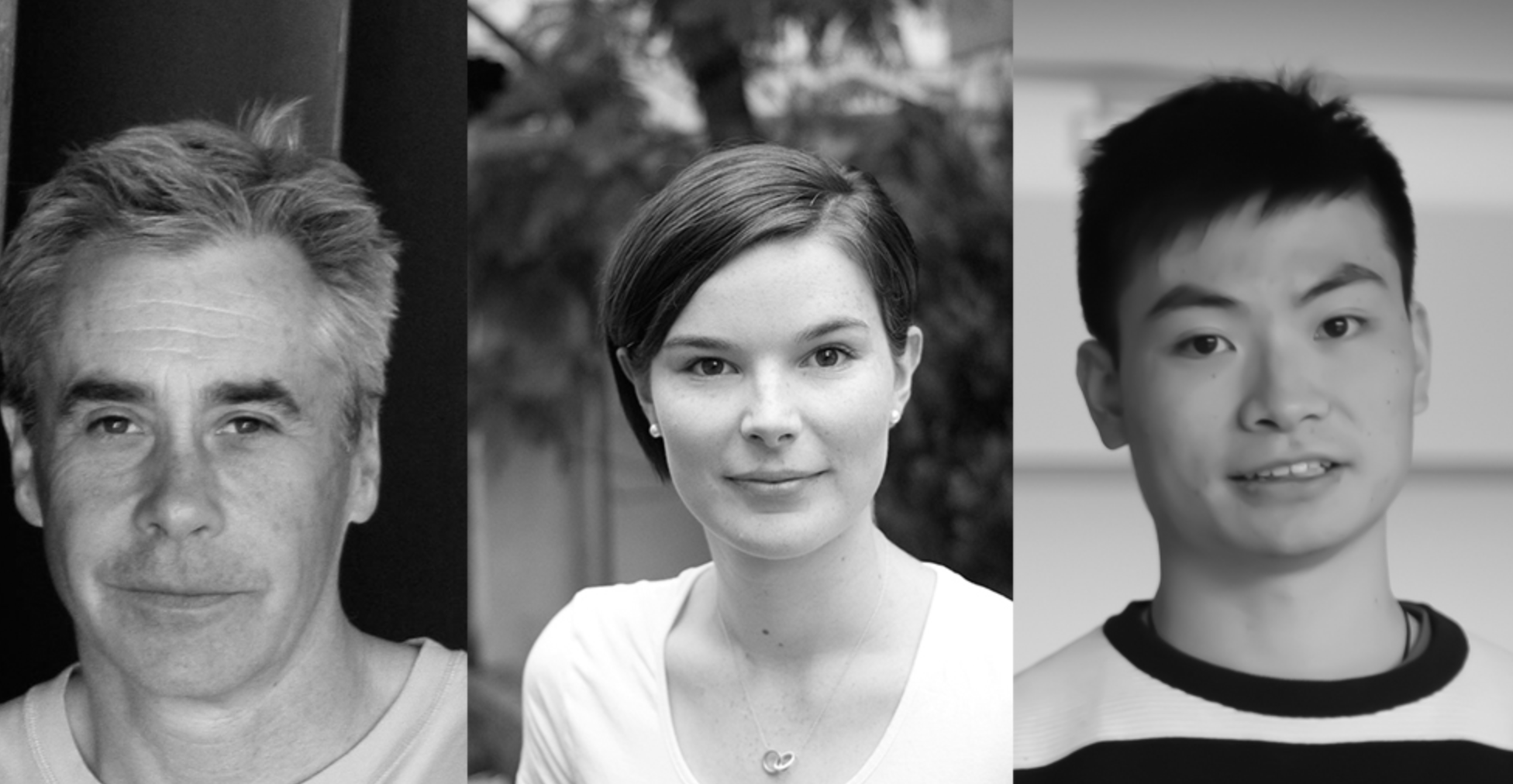
First and foremost, architectural competitions are fun, and they provide a great opportunity to explore new ideas and perfect presentation ideas.
Read full interviewJury feedback summary
The strength of the third place project manifests in it’s ambition to develop an infrastructural landscape typology, comparable to the windmill, grain silo, or lighthouse, as an icon of the Latvian coast. Constructed at the edge of the forest or along the waterfront, the trekking cabin takes advantage of the predominantly horizontal datum of the landscape and its affiliation with the distant horizon creating a vertical marker for travelers passing by. Read more In contrast to the weighted anchoring of the archetype’s noted above, the trekking cabin maintains a light footprint, elevated above the forest floor. The facade of the structure’s lower level is designed to open at all sides, further erasing the permanence of its base. The porous quality of the cabin allows visitors to fully immerse in their surroundings, while maintaining a sense of shelter through establishment of a constant floor and ceiling datum. Enacting as a place of gathering and connection, the lower level contains the cabin’s hearth. Conversely, the upper level serves as a retreat from the ground plane, lifting the hikers sightline above the rugged terrain traversed. The tectonic of the cabin makes use of utilitarian construction methods and standard building materials, allowing for ready deployment in remote settings. The project cleverly composes and combines this palette to create a scenic object. Clad in a translucent skin, the cabin becomes a glowing icon, a painterly image of the picturesque.
BB GREEN AWARD
Amber Trek
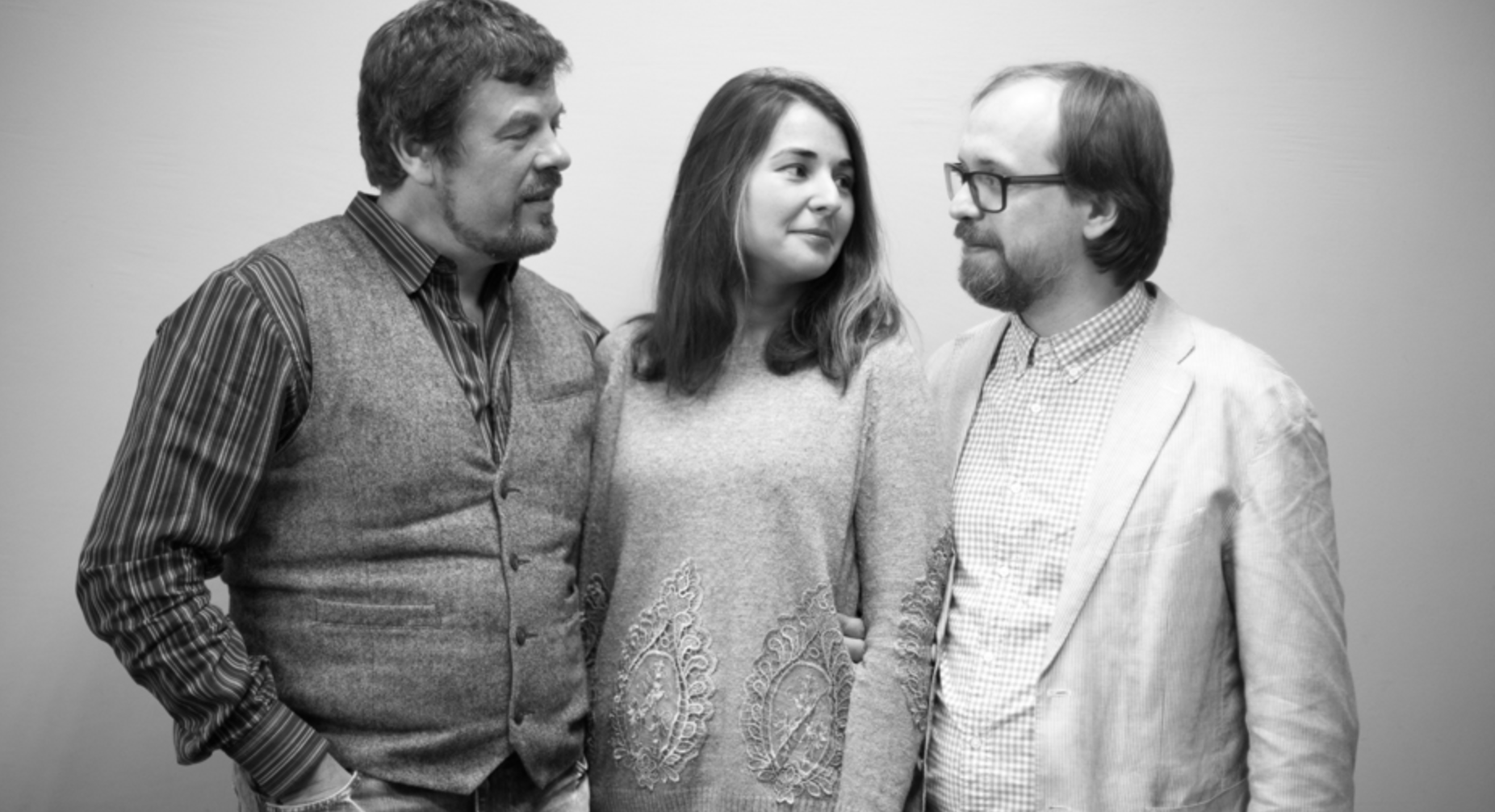
We are interested in public opinion - we see it as an exchange, competition and a challenge. We are always open for discussion and are ready to share our vision and experience with others.
Read full interview Russian Federation
Russian Federation
Honorable mentions
Latvian Lookout
Hamlet
 France
France
Cuboid
TEL(N)T
 Sweden
Sweden
un(a)like
Primitive Future
Shortlisted projects
Embers
Cardiff University Welsh School of Architecture
+22 points Buildner University Rankings! United Kingdom
United Kingdom CSÁKÓ
MOME Moholy-Nagy University of Art and Design Budapest
+22 points Buildner University Rankings! Hungary
Hungary DROP DOWN CABIN
Universidad Anáhuac México Norte
+22 points Buildner University Rankings! Mexico
Mexico BUNKER
Human Atrium
Faculty of Architecture Warsaw University of Technology
+148 points Buildner University Rankings! Poland
Poland Primitive Future
Florida Atlantic University
+72 points Buildner University Rankings! United States
United States A prevailing harmony
Link - A sustainable connection between the forest and the ocean.
Project ID 9126
University of Illinois at Urbana Champaign
+22 points Buildner University Rankings! United States
United States Cuboid
Project ID 8406
Vilnius GEdiminas Technical University
+22 points Buildner University Rankings! Lithuania
Lithuania ART Cabins
Amber Cave Project ID 8298
